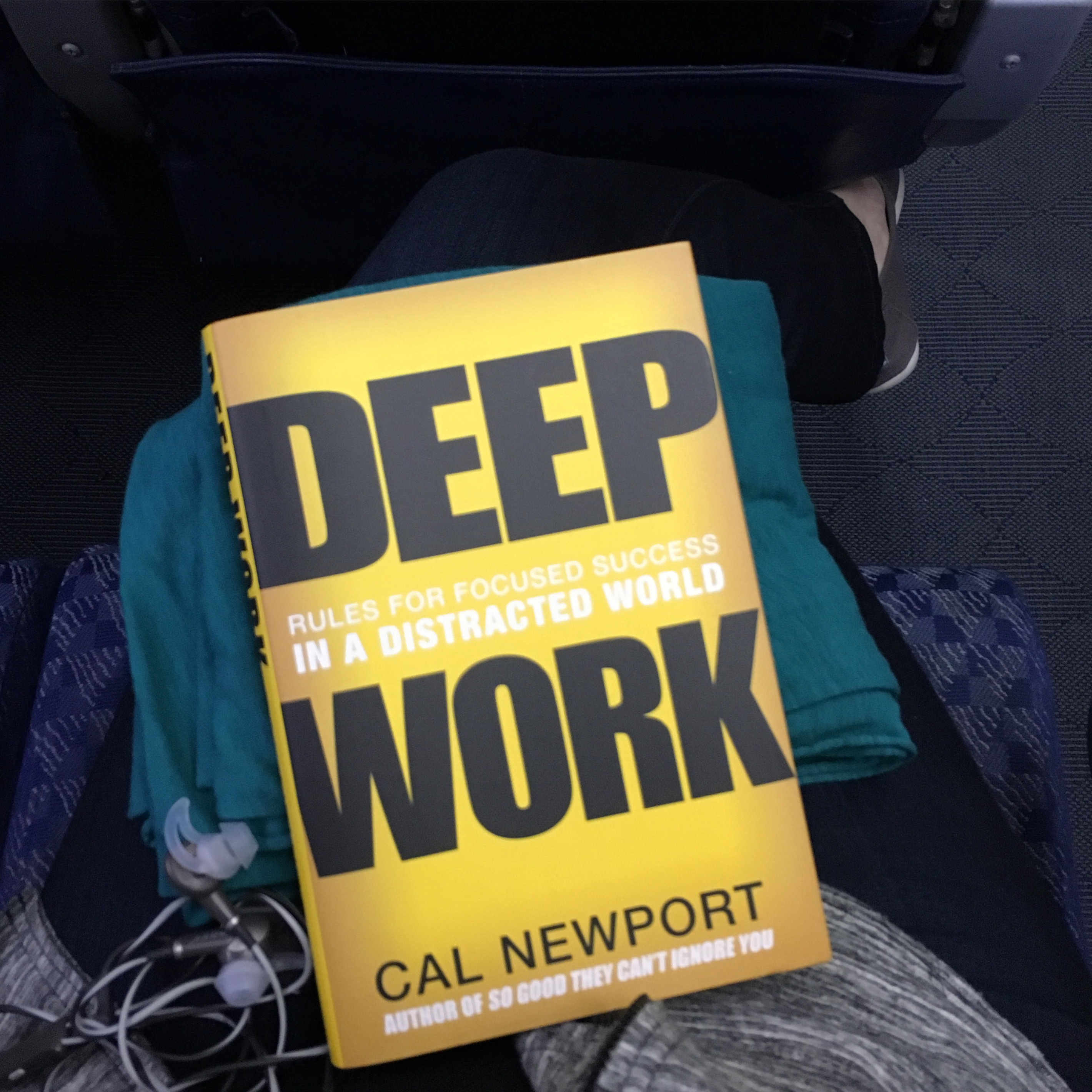Mark Rothko is a favorite artist of mine. I love his large canvases covered in wide swaths of color and the way emotion washes over you in their presence. When I recently discovered that he had designed a chapel in Houston, I had every intention of visiting on my next trip, and that opportunity came much sooner than expected.
Work had been busy preparing for the meeting that brought me to Houston. Other than figuring out how to get the chapel, I didn’t do any research in advance. I was excited to see it, ready to be moved by his work, and didn’t want to spoil that with any previews.
As I battled Houston traffic to get across town before the chapel closed, the clouds seemed to temporarily align into horizontal bands mirroring Rothko’s most popular works, which I took as a good sign of the enjoyment of art to come. So I was surprised when I arrived at the chapel to discover an entirely different period of Rothko’s work on display, a dark, late period I hadn’t seen before.
The inky colors — black, blue, purple, with hint of burgundy and grey — of the 14 murals are set dramatically against dove grey walls in the octagonal chapel lit by a single skylight from above. The contrast immediately evokes the dichotomies of dark versus light, good versus bad, known versus unknown.
Staring into one of the bluer murals, I could swear I saw some movement in the canvas. A trick of light and layers. Soon, I was imagining the depths of the open ocean, almost able to conjure the image of a creature emerging or retreating among the swirling variations of color.
Getting face to face with the murky unknown and our fear of what lies in those depths seems like the perfect setting for a chapel intended to encourage conversation across religions and promote human rights.
It was also an exalted diversion from work and business travel.
~
Learn more: Meditation and Modern Art Meet in Rothko Chapel (NPR).


